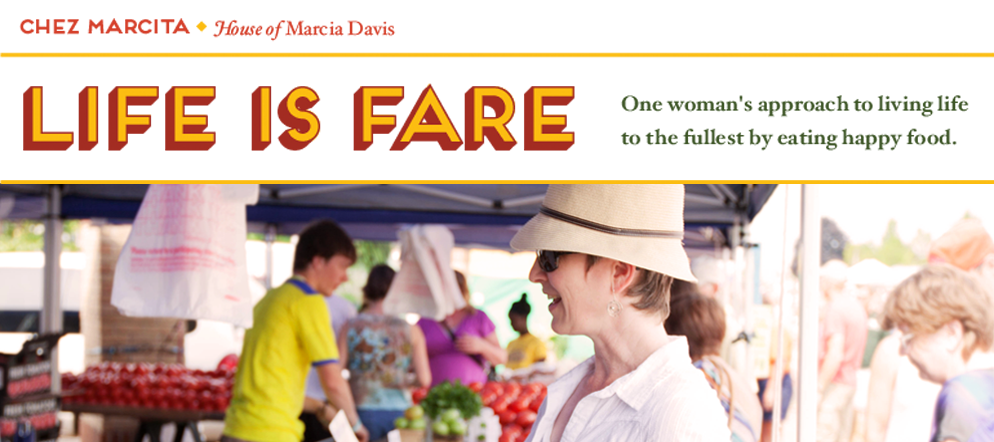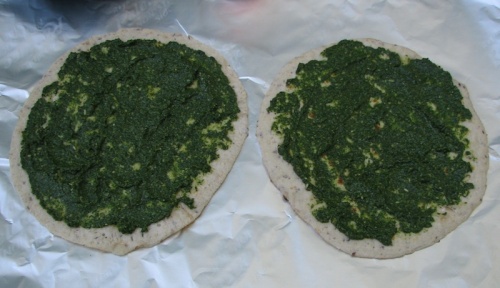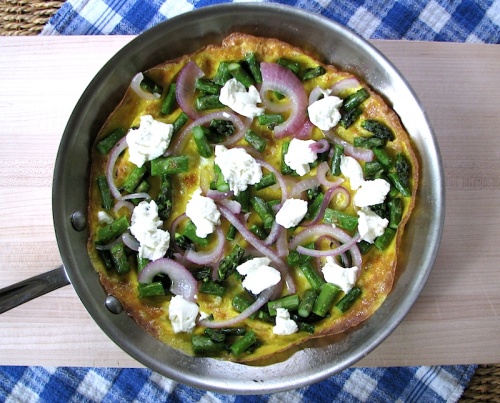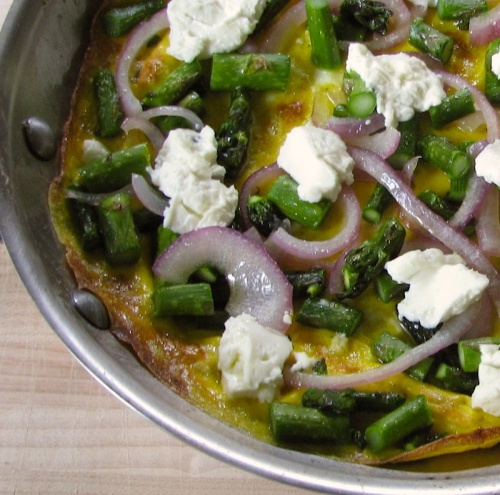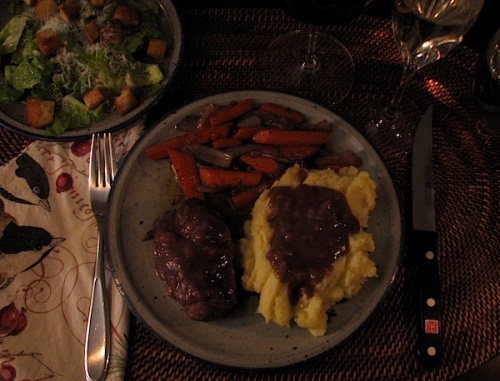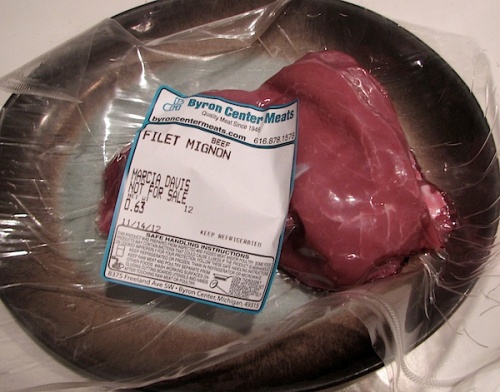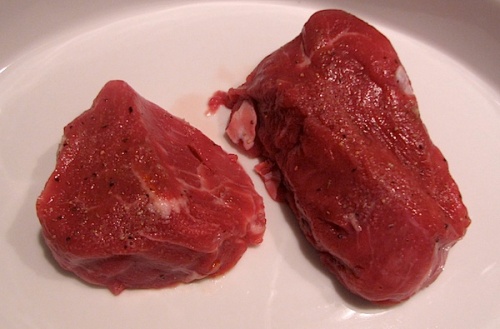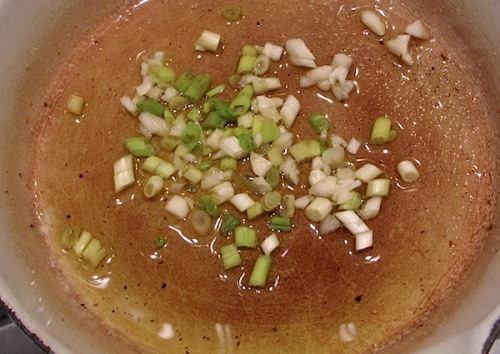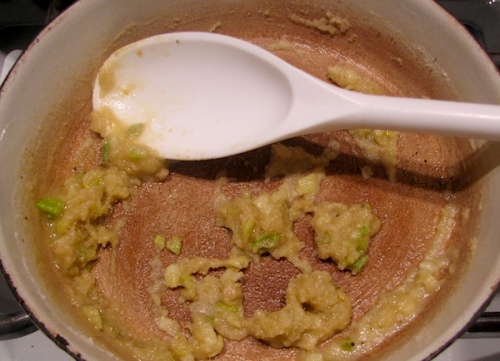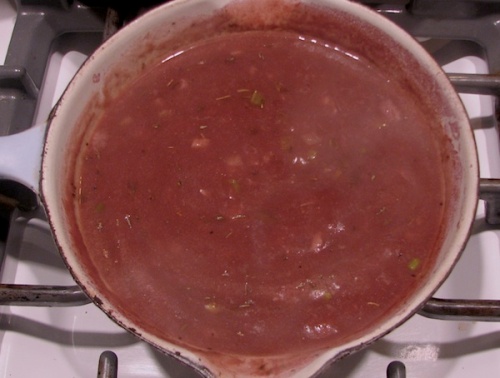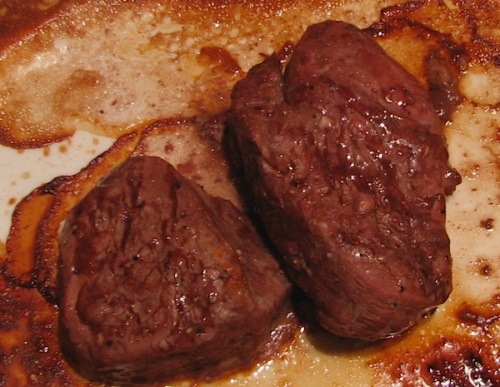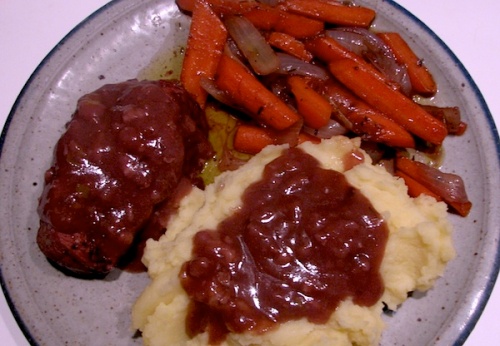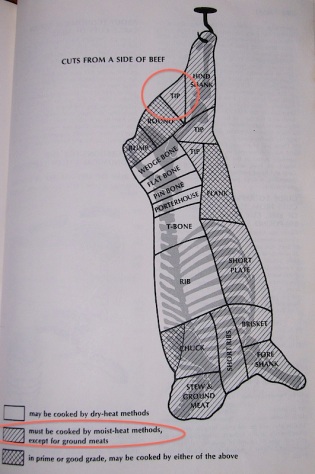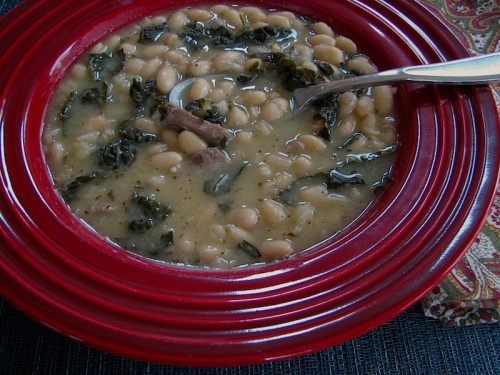
I haven’t posted in a while because of some life changes so I was excited to try a new recipe and have the time to write about it!
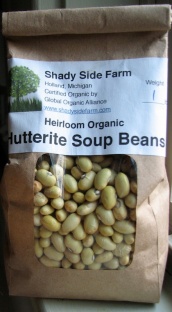 I’ve never made Hutterite Bean Soup. I had never even heard of Hutterite beans until I saw them at the Holland Farmers Market. Locally grown by Shady Side Farm, the Hutterite variety is a white bean that’s not quite as soft as a navy bean.
I’ve never made Hutterite Bean Soup. I had never even heard of Hutterite beans until I saw them at the Holland Farmers Market. Locally grown by Shady Side Farm, the Hutterite variety is a white bean that’s not quite as soft as a navy bean.
Inspired by a recipe I found online, I took the Tuscan route, as I once did with another bean recipe I made.
First I soaked the beans overnight. If you don’t have the opportunity to plan ahead, you can always do the quick soak method, which is written on the back of the bean bag. Just put the beans, well covered in water, into a large pot. Bring to a boil for two minutes and remove from heat. Cover pot and soak for an hour. It’s a handy trick!
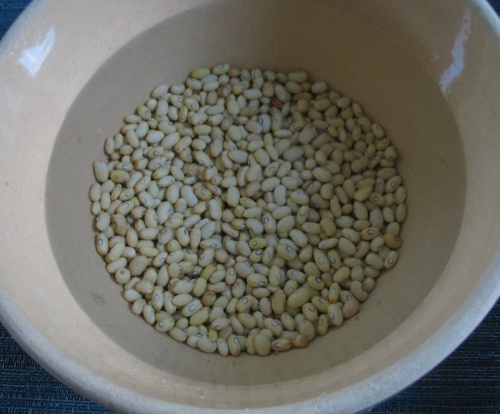
Here they are all plumped up with water, rinsed and drained.
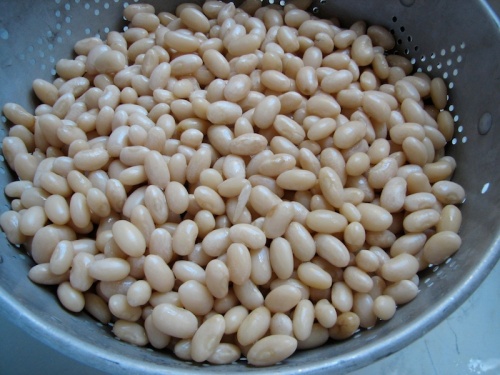
In the stock pot I sautéed a whole onion (chopped) and a couple cloves of garlic (minced) in olive oil.
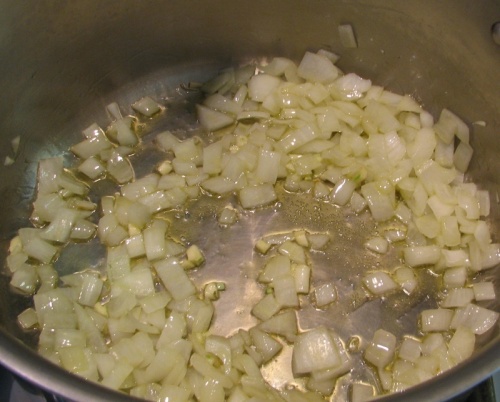
Then I added a ham hock. This one happened to be fresh, not smoked, so the meat looks more like pork than ham.
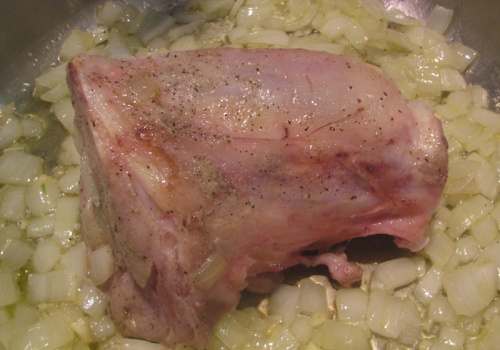
I browned the ham hock in the olive oil after pushing aside the onions and garlic. Then I added about 2 1/2 quarts of water. It would be great to use stock if you have it. Instead, I added a teaspoon of organic chicken bouillon, which is my back-up plan when I don’t have stock on hand. I also added dried sage (fresh would have been better!). Then I simmered the soup on the stove about two hours, until the ham hock meat was tender.
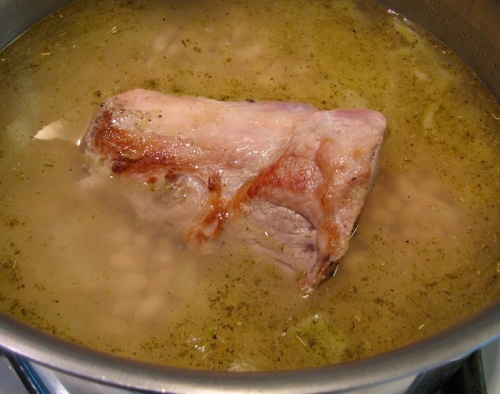
Once the meat was done, I removed it from the pot, pulled the meat off the bone, and returned the meat to the soup.

Then I added a bunch of lacinato kale, stems removed, leaves chopped.

Simmer another half hour or so until the kale is tender, and it’s soup! Season with salt and pepper to taste.
This could easily have been an excellent vegetarian recipe. With the beans and kale, you have a very nutritional meal easily devoured from a bowl.

